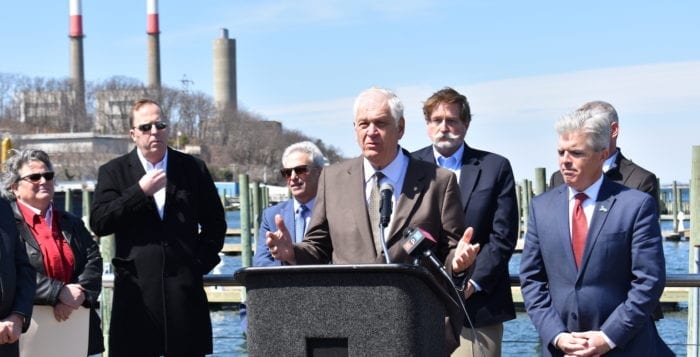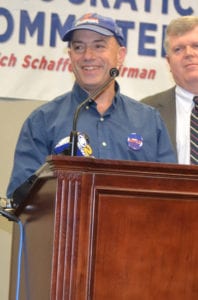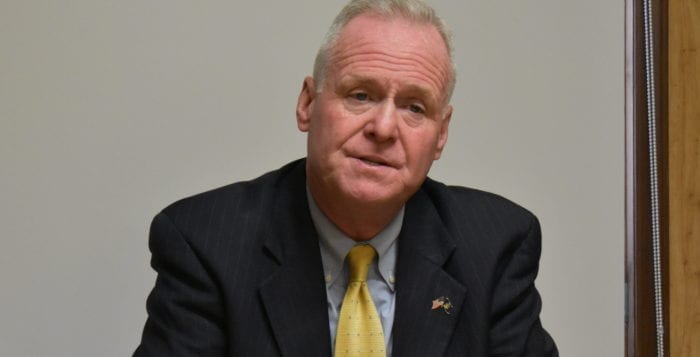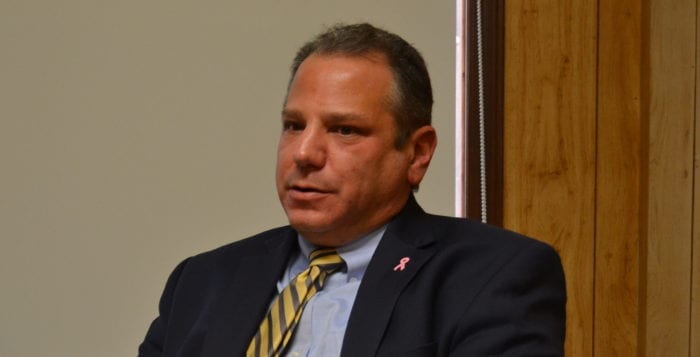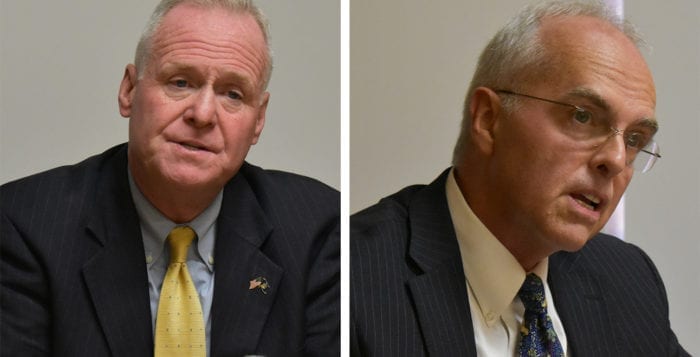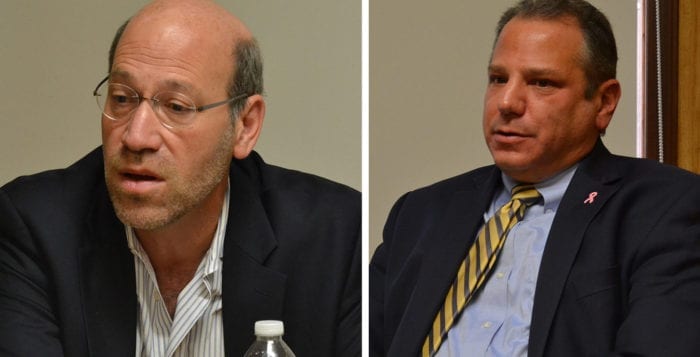As the federal government under the current presidential administration has scaled back environmental measures — and at points denied the science behind climate change —members in the New York State Legislature are trying to go about it without the leadership of Uncle Sam.
That is, if it can pass before the end of legislative session.
“New York has to help lead the way, because we’re not getting any leadership at the federal level,” said Assemblyman Steve Englebright (D-Setauket).
“You can just look at the weather reports for the nation — last year California burned, this year Texas is drowning. The amount of rain we’re getting is a result of an overheated ocean relaying more rain to the atmosphere. And on it goes.”
— Steve Englebright
Englebright, the chair of the environmental conservation committee, is sponsoring the Climate and Community Protection Act, which would establish a New York State Climate Action Council. It would contain 25 members made up of state agencies, scientists and those in the environmental justice, labor and other regulated industries. The council would be able to make recommendations to the state Department of Environmental Conservation to limit greenhouse gases. It would also be asked to report on barriers to and opportunities for community ownership of services and commodities in certain communities, particularly for renewable energy.
“An advisory committee that will have meaningful powers to make recommendations as we go forward — the stakes are so high on this issue,” Englebright said.
In addition, the bill would require the DEC to establish greenhouse gas reporting requirements and limits on emissions.
The bill was passed in the environmental committee and was referred to the ways and means committee in February.
The idea of an advisory committee is not new. A similar advisory panel was suggested in the New York State 2019-20 budget, but it was removed in the final version because some legislators disagreed with the number of people on the board and who would sit on it.
“Instead of 25, [Cuomo] had nine appointees; six of them are his cabinet members,” Englebright said.
In January during the process for crafting the budget, Gov. Andrew Cuomo (D) incited a “Green New Deal,” which would have been “comprised of the heads of relevant state agencies and other workforce, environmental justice and clean energy experts,” according to a January press release. The governor has set goals to reduce greenhouse gas emissions in New York State by 80 percent below the levels emitted in 1990 by the year 2050.
A spokesperson from the governors office said the governor is continuing to collaborate with the legislature on climate policy proposals.
Cuomo appeared on city radio WNYC’s show hosted by Brian Lehrer June 3. When the new climate change legislation was brought up, he said he was looking to attack the issue while not pretending change will happen all at once.
“I believe this is the most pressing issue of our time, but I don’t want to play politics with it and I don’t want to tell people we can move to a carbon free economy in a period of time that I know that we can’t.”
The end of this legislative session is June 19, and Englebright said he is crossing his fingers the bill can pass both assembly and senate before time runs out.
He said the bill is especially important with the current administration in Washington. The New York Times reported June 3 that 84 environmental rules and regulations are being phased out by Trump and his appointees.
“We are seeing the effects of increased carbon dioxide and methane in the atmosphere on a daily basis,” he said. “You can just look at the weather reports for the nation — last year California burned, this year Texas is drowning. The amount of rain we’re getting is a result of an overheated ocean relaying more rain to the atmosphere. And on it goes.”

